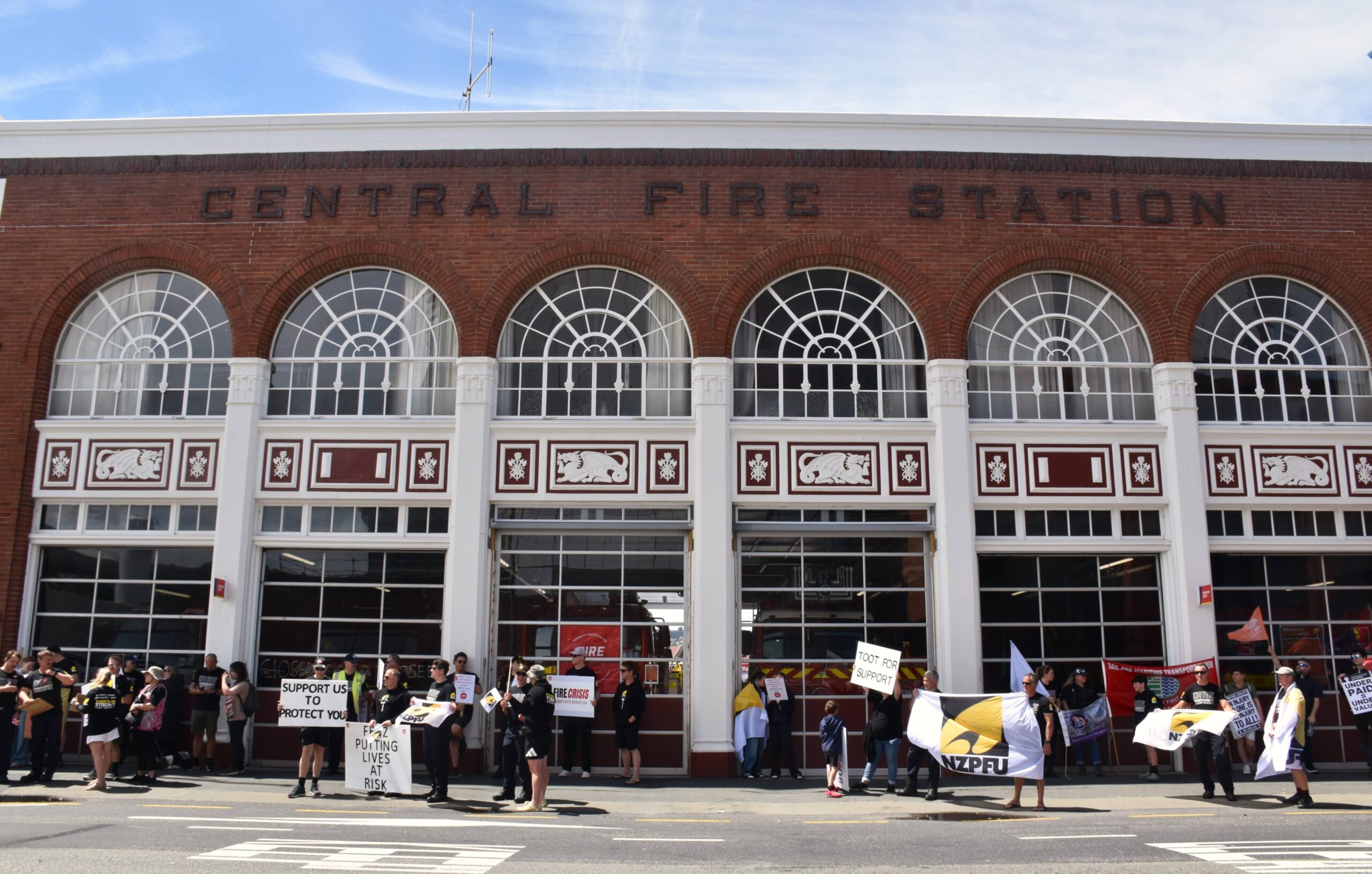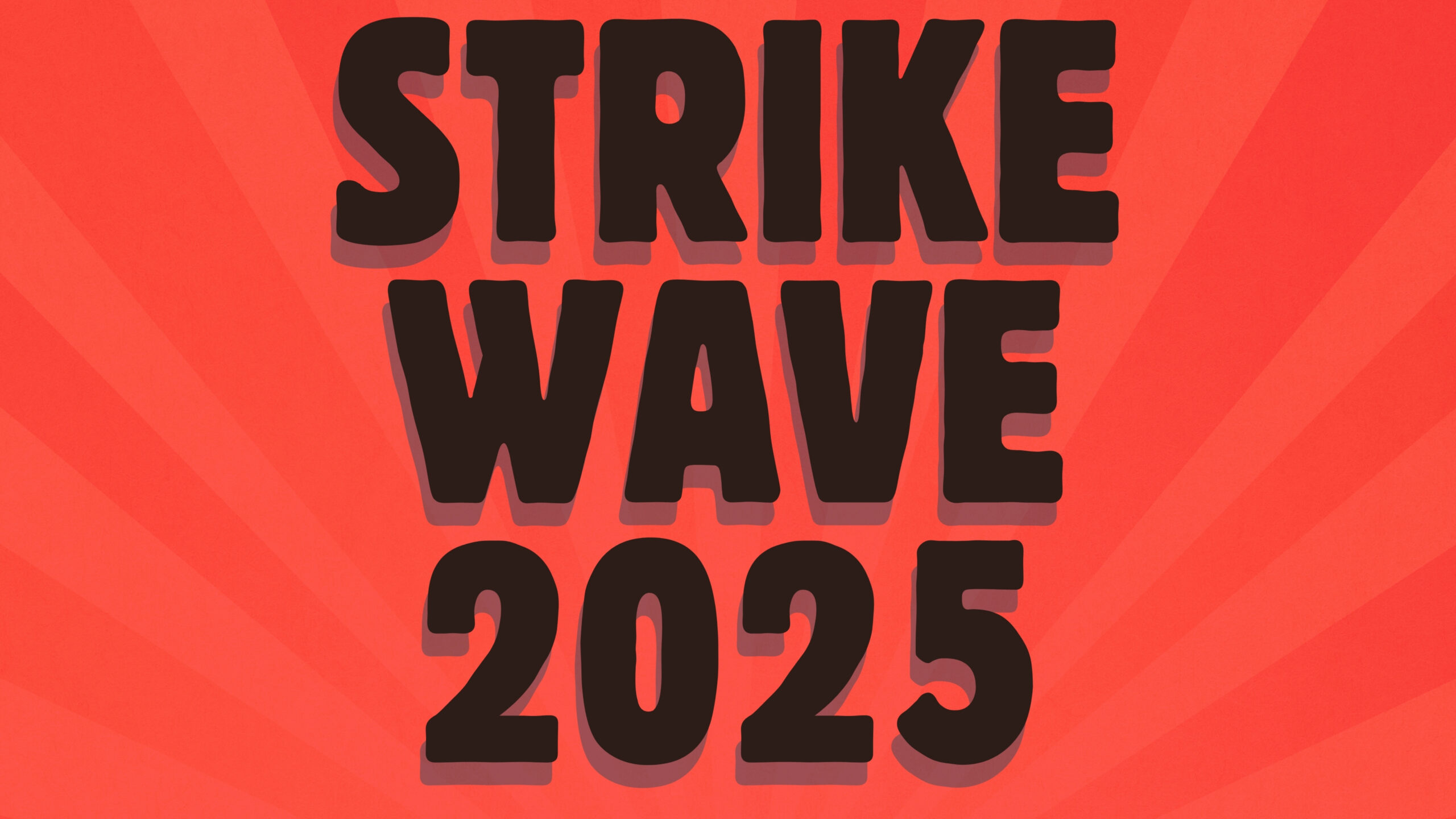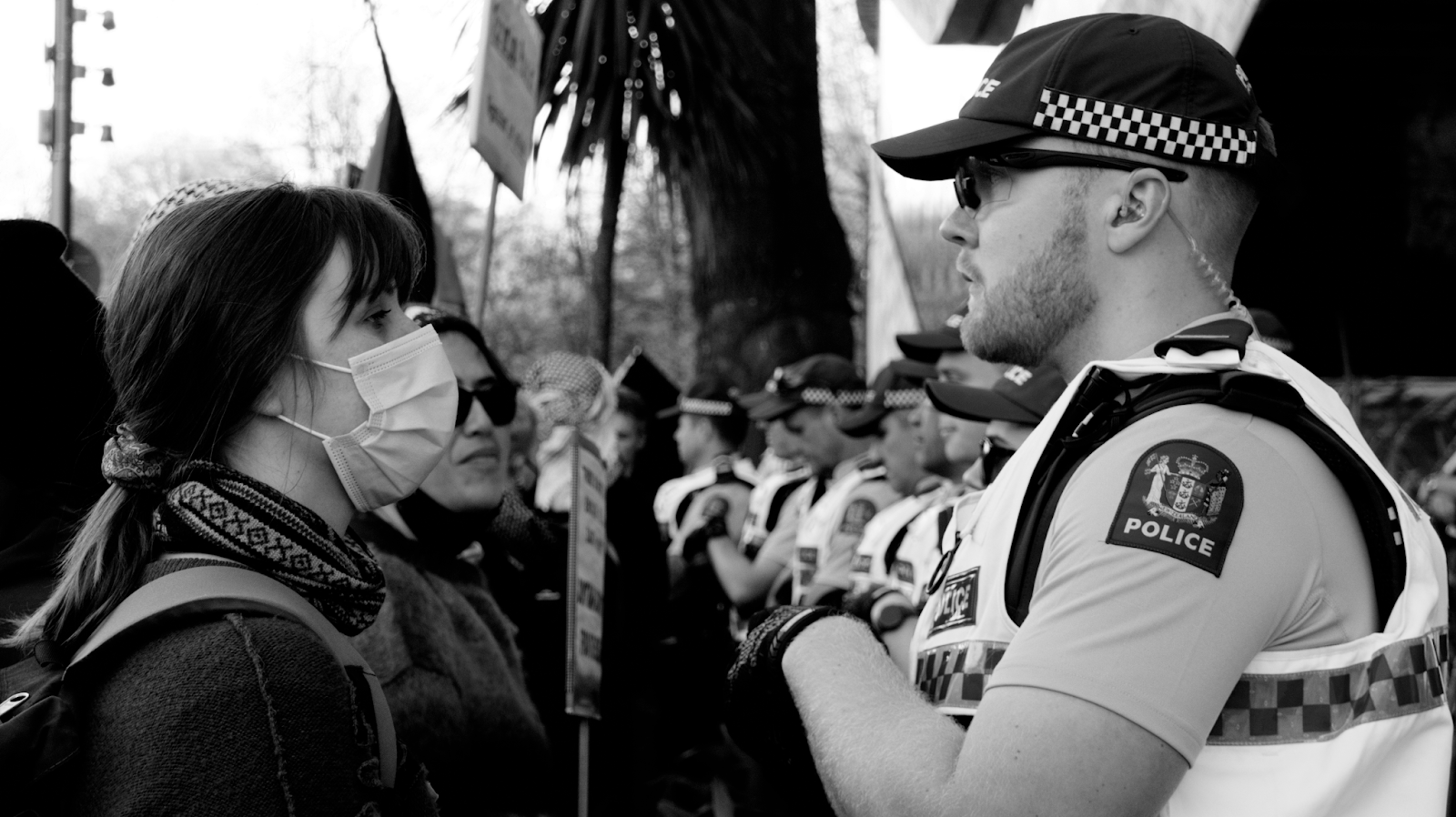A talk given by Martin Gregory to a national meeting of the ISO on 3 February 2024
The Luxon Government: Its nature and the Challenge Ahead
A talk given by Martin Gregory to a national meeting of the ISO on 3 February 2024
First of all, a disclaimer. I am not going to talk about the catalogue of actions taken by the new government so far. I’m sure that everyone here is aware of the Coalition’s attacks across the board: against Māori, against workers, against the environment, against carbon emissions reduction. Instead, I’m aiming to keep this fairly general.
I would like to start by looking at the political and social make-up of the new government. The three-party Coalition holds 68 seats to the Opposition’s 55 seats in Parliament – a more than workable majority. We cannot put any hope in the government majority being whittled away by scandals and MP deaths. It will be action outside Parliament that determines whether the government will stand or fall.
ACT and New Zealand First MPs have proportionally more ministerial positions than National MPs. The two lesser parties both have 3 members each in Cabinet. These facts point to the concessions that David Seymour and Winston Peters were able to screw out of Chris Luxon, resulting in a distinctly hard-right administration.
The social complexion of the new government is worth mentioning. It would be wrong to imagine that the inclusion of ACT and New Zealand First has strengthened the dominance of white male MPs on the government side of the House. In fact both the ACT and New Zealand First cohorts of MPs are better balanced on gender and ethnic background than the National Party’s MPs.
Of ACT’s eleven MPs four are non-white (three of Māori descent). Five of the eleven are women and three of them have ministerial positions, two of the three in Cabinet.
As for New Zealand First, three of their eight MPs are women, and three are of Māori descent. Two of the New Zealand First women MPs have been given ministerial positions, one of them in Cabinet.
Similarly, a look at the far right groups that participated in the October general election does not reveal a bunch of primarily white male leaders; far from it. New Zealand Loyal was headed by Liz Gunn. The New Conservatives were led by Helen Houghton. Outdoors and Freedom were led by Sue Grey and Donna Pokere-Phillips. Vision NZ was led by Hannah Tamaki. The Freedoms NZ umbrella party was led by Brian Tamaki and Sue Grey. New Zeal was led by Alfred Ngaro of Cook Islands descent.
Yet dog-whistle racism featured strongly in the general election. I contend that this racism is best explained through an understanding that society is divided by social class. Racism is a weapon used by the ruling capitalist class to divide the working-class majority and deflect workers from taking action against their real enemy. Conversely, anti-racist working-class solidarity is essential for combatting the capitalist class. The same goes with reactionary views on women and gender. The name of the game for the ruling class is divide and rule. On our side the imperative is to fight these ideas and build solidarity between all workers.
Right-wing politics are fundamentally about keeping the working class down and maximising profits for the owners. They are the politics of the ruling capitalist class, but that class is numerically miniscule. Right-wing politics gets its electoral and rank and file following by playing upon the insecurities, resentments and snobbery of the middle class. Once the class dimension is applied it can be understood how the right includes a proportion of non-white supporters. In the end it is class that tells.
The main source of potential tension within the government, I would estimate, arises from the inclusion of the hard-right libertarian ACT. This is not the first time that ACT has been included in a National-led government, however this time round it strikes me that the Coalition under Luxon is of a harder right nature than John Key’s administrations. Although ACT’s party vote was not a lot more than they achieved in 2020, David Seymour’s star has been rising at the expense of the National Party for some time. National are still the party most favoured by capitalists, but ACT has been catching up. According to an article in The Spinoff, National received $9m in donations from 2021 to 2023. ACT received just under $5m, demonstrating considerable support from capitalists.
The new government has come to power at a difficult time economically for world capitalism, and therefore for New Zealand capitalism, although New Zealand gets some relief via exports to China, whose economy is still growing strongly. New Zealand inflation to the end of December 2023 – the latest figure – was stubbornly high at an annual rate of 4.7 percent: annual growth to September was only 1.3 percent, and unemployment had crept up to 3.9 percent. Higher interest rates on mortgages, car loans and credit card debt have added to the woes of the average working-class family. These are approximately the same economic circumstances that pertained under the last two years of the Labour government. At that time Labour had already attracted the resentment of small business owners over COVID-19 public health restrictions. Resentment against Labour became more widespread as inflation and interest rates bit into living standards. As we saw in the general election, Labour’s support halved from 2020 to 2023. Unless economic conditions ease, the new government might very well face similar unpopularity and cracks appear within the Coalition.
When the right wins a general election revolutionary socialists do not throw up their arms in horror and say there is nothing that can be done until the next election: that is what the reformists do, because they are parliamentary cretins.
The struggles between the contending classes in society are not primarily fought out in parliament. Irrespective of the flavour of the government of the day, the ruling capitalist class remains in power and the working class stays as the subordinate class with polar opposite interests. The ruling class has economic power by virtue of private ownership. Private companies make decisions that affect society all the time but society has no say on what to produce, when and where. Instead we have the anarchy of the market.
The ruling class also has a permanent grip on other levers of power. It fills the leadership positions in the various branches of the state machine from the Defence Force to the universities. Having economic power, the ruling elite has the means to use ideological power to bind the middle class to its side and to mess with the heads of workers. The working class too has power when workers combine to withdraw their labour. In fact, the working class has much more power, potentially, than any other class. But to sweep away the capitalist class workers must first develop consciousness their own class interests and class mission. That class consciousness can only be developed by a combination of experience in class battles and Marxist ideas disseminated by the revolutionary minority.
It would be ultra-left, however, to say that parliament has no power and elections have no meaning. The interests of the contending classes are reflected in parliament through political parties. To a degree, workers can get reforms through the electoral process, but should a genuinely radical left government threaten, the ruling capitalist class will fall back on non-parliamentary methods to protect its dominance. These methods include hysterical media campaigns (e.g. used against Jeremy Corbin), economic subversion, judicial coups, assassinations (e.g. Martin Luther King, the Black Panthers), bankrolling fascist movements and military takeovers. The capitalist class can function under all forms of government: parliamentary democracy, military dictatorship, and fascism. From them it is a case of horses for courses.
The election of the Luxon government is not a defeat, but it is a setback. It is a setback in that the working class has been put on the defensive against a hostile government. Time will tell how this setback will manifest itself and whether it will endure or be reversed by working-class resistance. There is no automatic correlation between right-wing governments and working-class defeats. Take, for example, the election of Tory governments in Britain in the 1970s. In 1970 a right-wing Tory government was elected and proceeded to attack the union movement. During the following four years British workers rose to historic heights of militant action and beat the Conservatives time and time again. In contrast, the election of the Conservatives under Margaret Thatcher in 1979 was followed by attacks on the unions, but cleverly one union at a time. The failure of the union leaderships to act together in solidarity allowed Thatcher to break the back of the union movement, causing working-class demoralisation.
Predicting how the working class in Aotearoa will struggle against Luxon, Seymour and Peters is, of course, impossible. However, there are some pointers to suggest that the working class is in a better state now than it was when John Key was prime minister. For one thing there has been a huge uptake of courses in te reo Māori, and the use of te reo in writing and speech. Also, attacks on trans rights have been repulsed since Posie Parker was sent packing last March. Gains like these are among the building blocks of a united working class, and thus the object of attack by the employer class when they feel able to roll back social advances.
Union membership rose from 351,769 in March 2018 to 400,309 in March 2022 – the latest available figure. Union density marginally increased over the same period, but is still low. More importantly, work-stoppages statistics show a rediscovery of strike action during the period of the Ardern/Hipkins Labour government compared to extreme level of inaction under the Key/English governments. The figures of ‘person-days of work lost’ to industrial action spiked in 2022 to 2023. Overall, the picture on union activity is one of going forward.
So far, since the new government was sworn in in December we have seen elements of resistance that bode well for what is to come. The most significant action that has occurred is, of course, the massive hui called by the Māori King Tuheitia Pootatau Te Wherowhero VII at Turangawaewae Marae on 20th January. Another manifestation of opposition to government policy has been the many marches and rallies in condemnation of the genocidal war in Gaza. In conclusion, it is early days but the signs are good that Luxon and Co. will be in for a rough ride.









